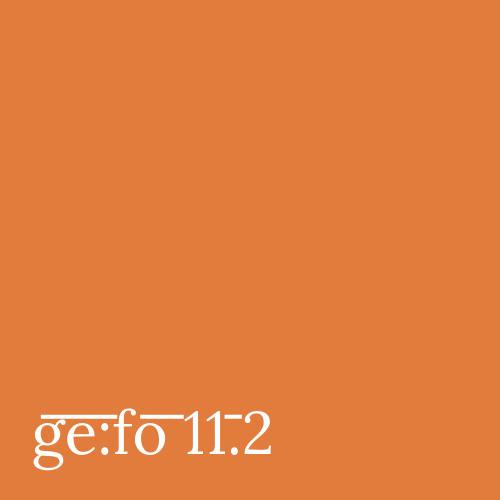A Palace of Her Own: Feminine Identity in the Great Indian Story
DOI:
https://doi.org/10.18716/ojs/gefo/2012.3333Keywords:
Mahabharata, dharma, gender, politics, female agencyAbstract
Along with the Ramayana, the Mahabharata, literally, is one of India’s “great stories”, and the ancient epic maintains its status as a culturally foundational text which, apart from philosophical- spiritual values, educational and religious instruction, contains and perpetuates ideas and ideals of ethical obligation (dharma), social norms and gender roles. Having inspired writers for centuries, references to the epic, its central legends or characters, are ubiquitous in literature. Two contemporary examples of explicit attempts to retell the epic in novel form are Shashi Tharoor’s The Great Indian Novel (1989) and Chitra Banerjee Divakaruni’s The Palace of Illusions (2008). These shall be analyzed in the following, as the texts not only invite criticism for the ambitious attempt this poses on a formal and structural level, but furthermore allow a comparison of the way they present the interaction between gender and politics. Whereas Tharoor uses the epic to provide an allegorical frame and backdrop for a satirical narration of India’s political struggle for independence in the 20th century, Divakaruni chooses to retell the epic from the perspective of one of its heroines, Draupadi, thus reclaiming female agency in the famous tale of war between two families, hyper-masculine heroes and their devoted wives.



